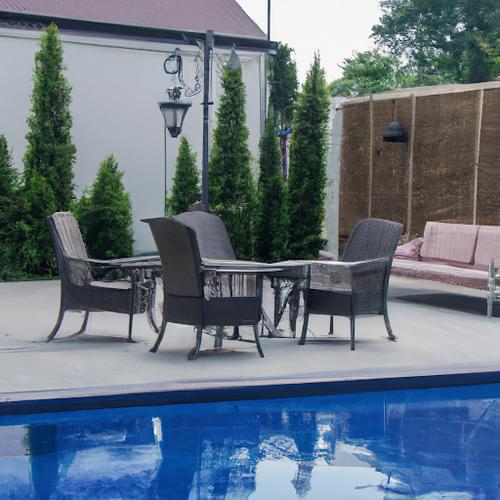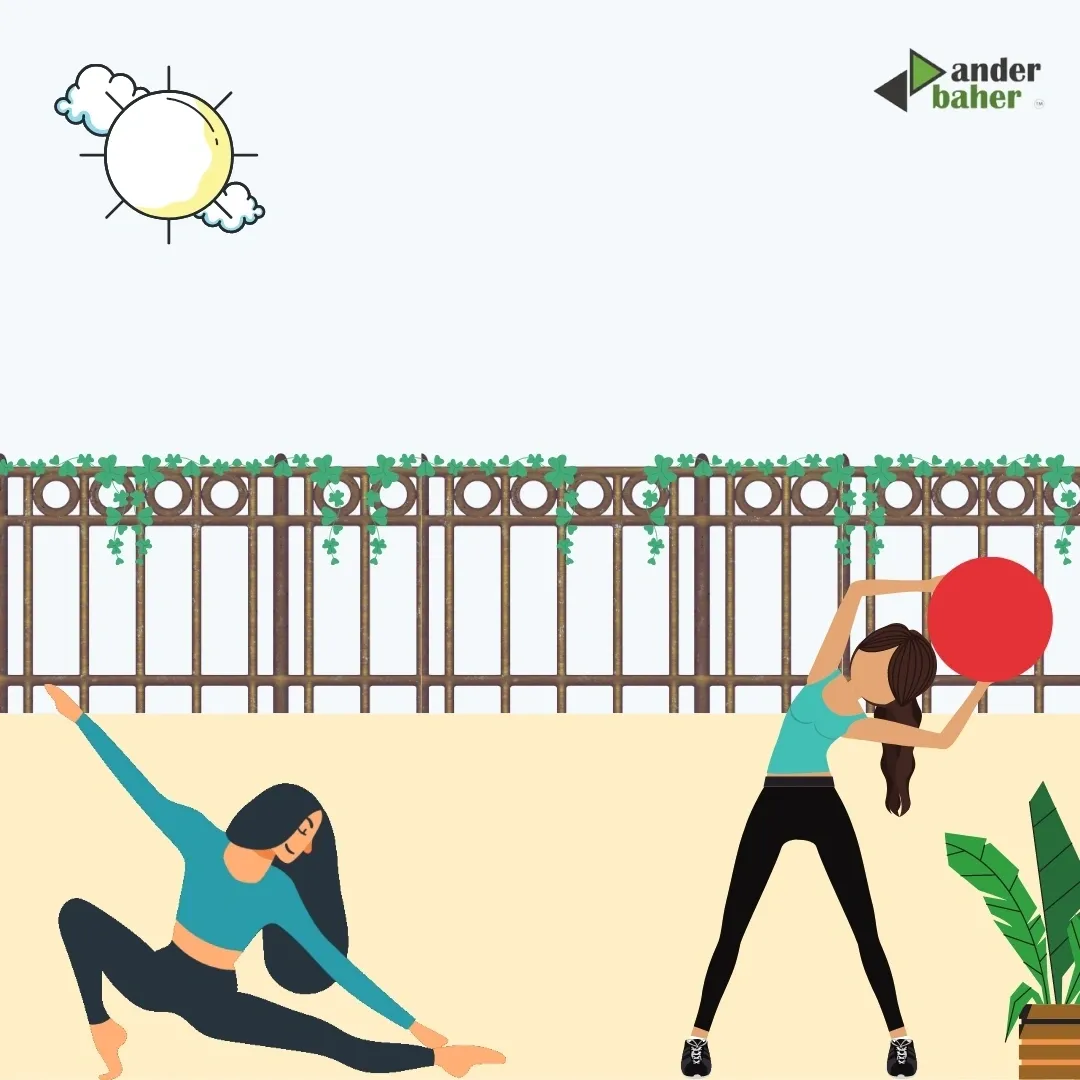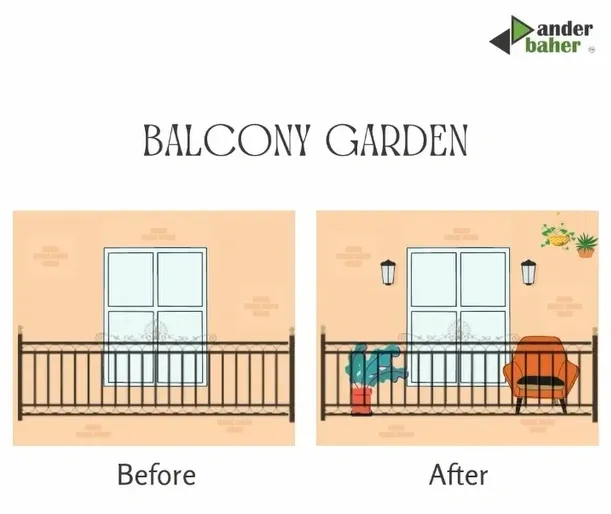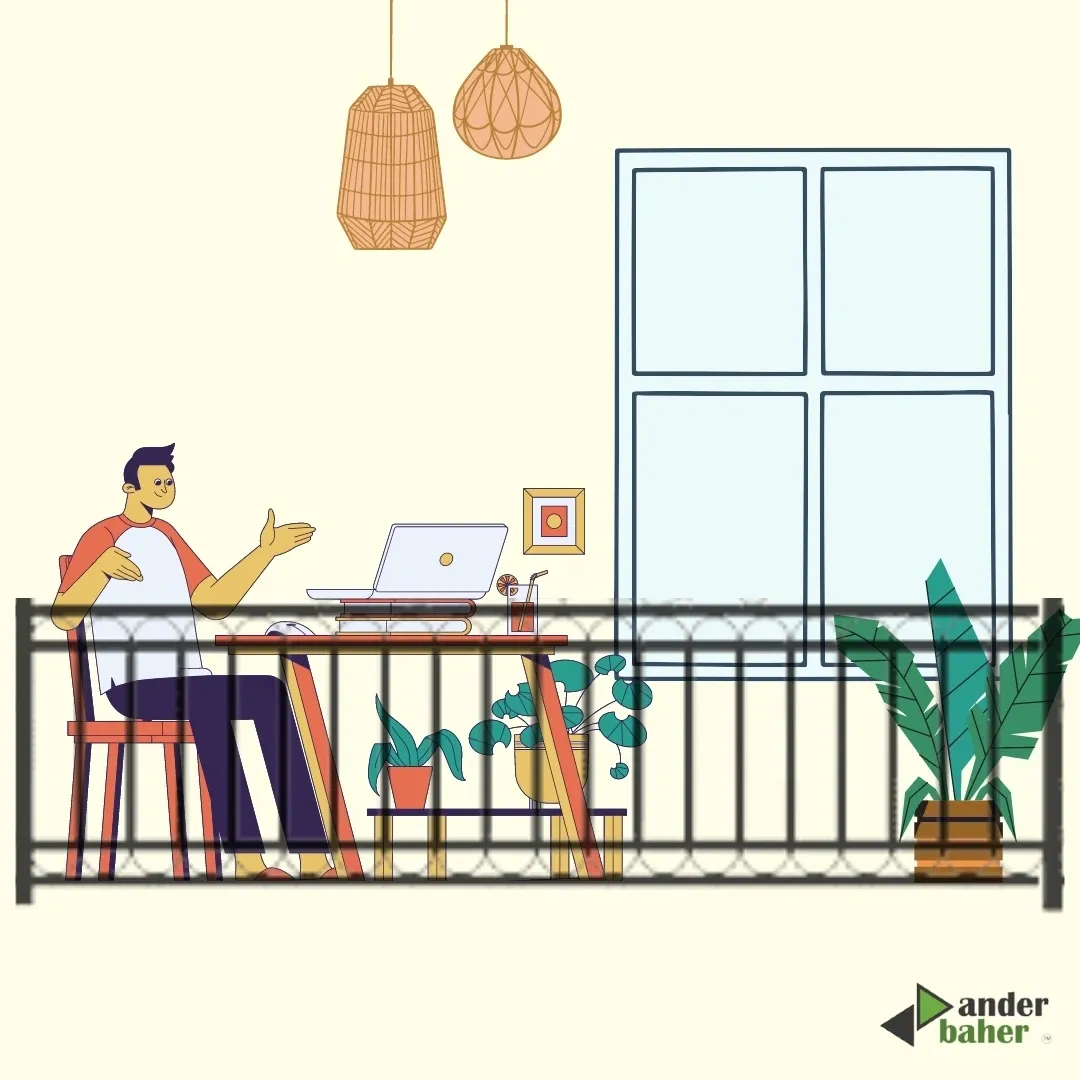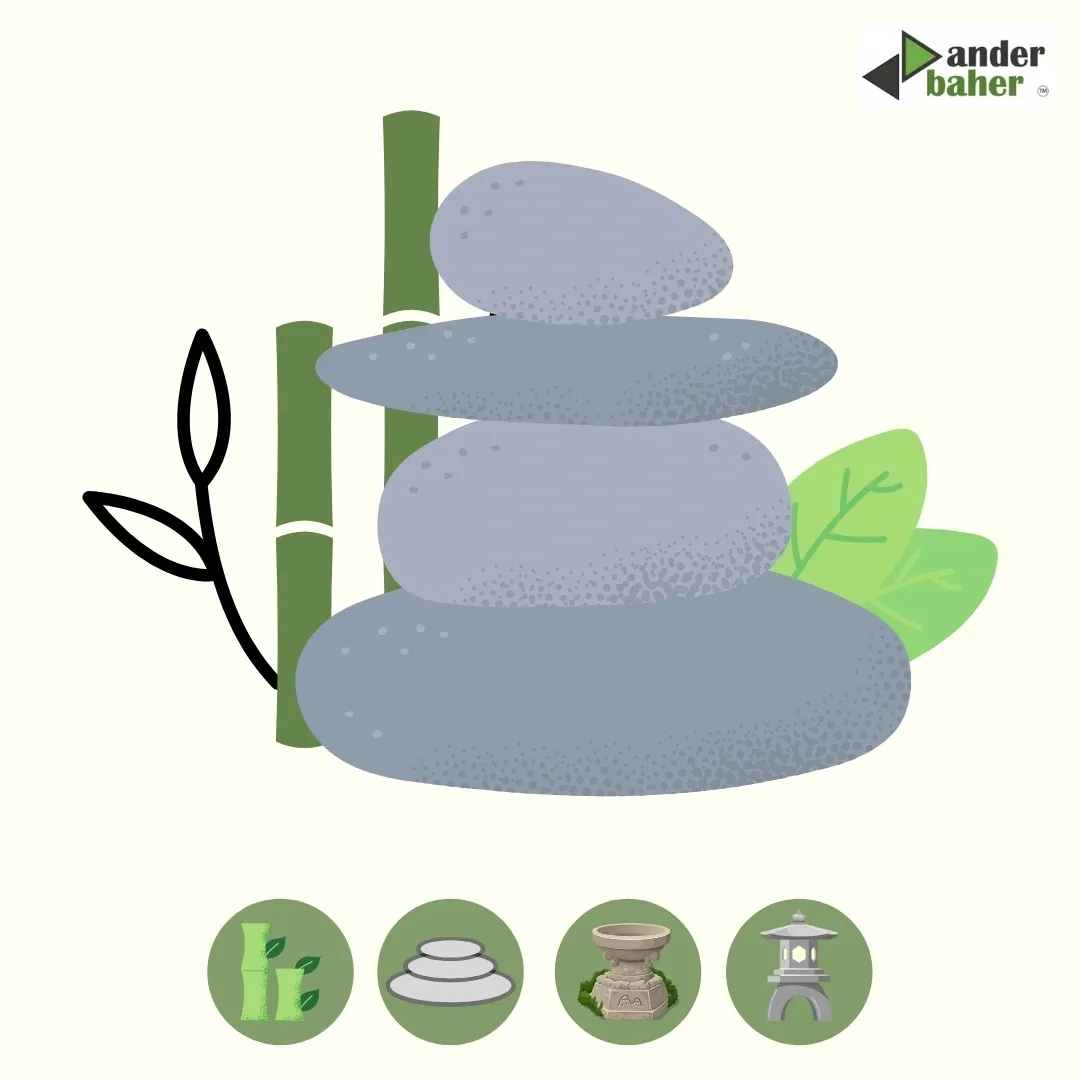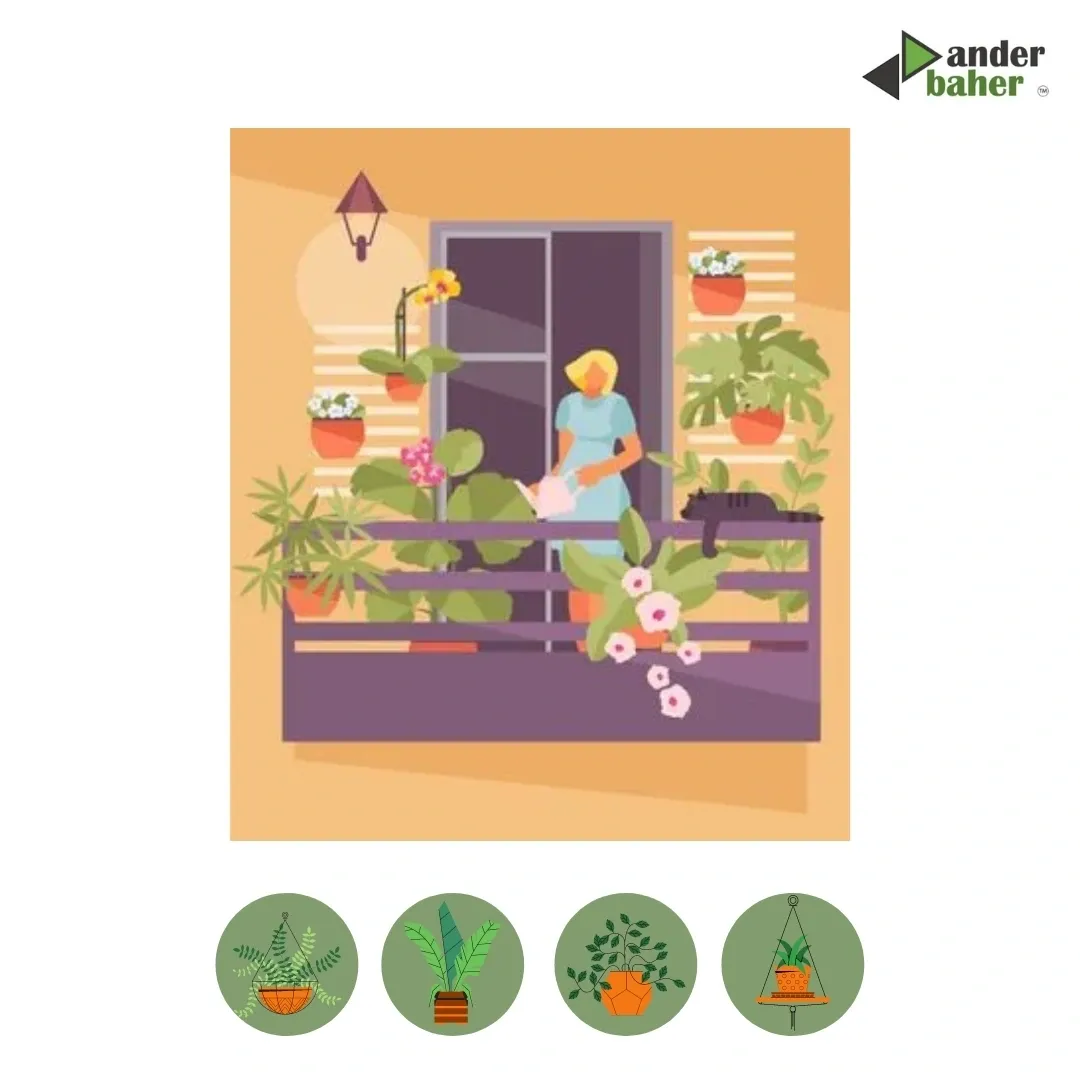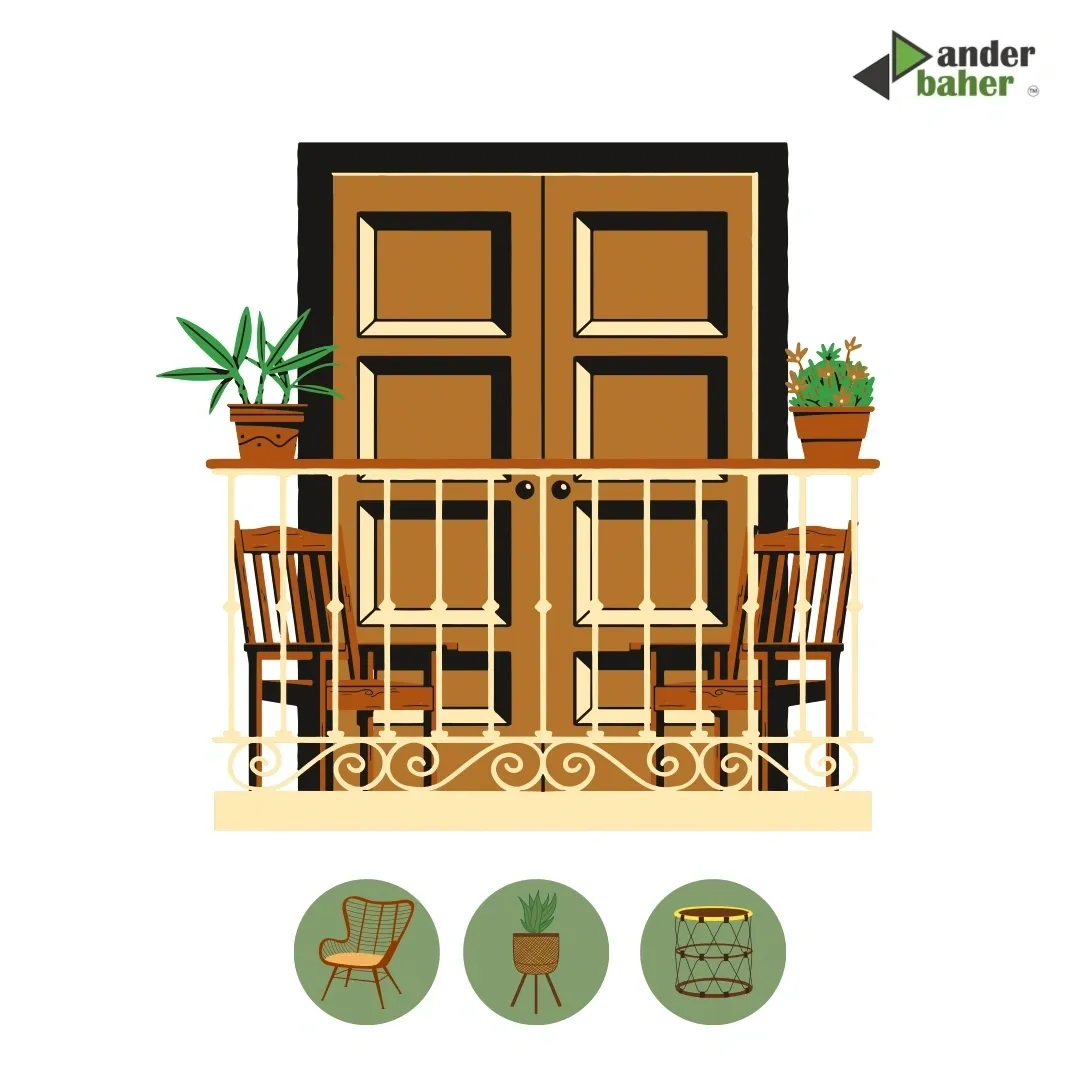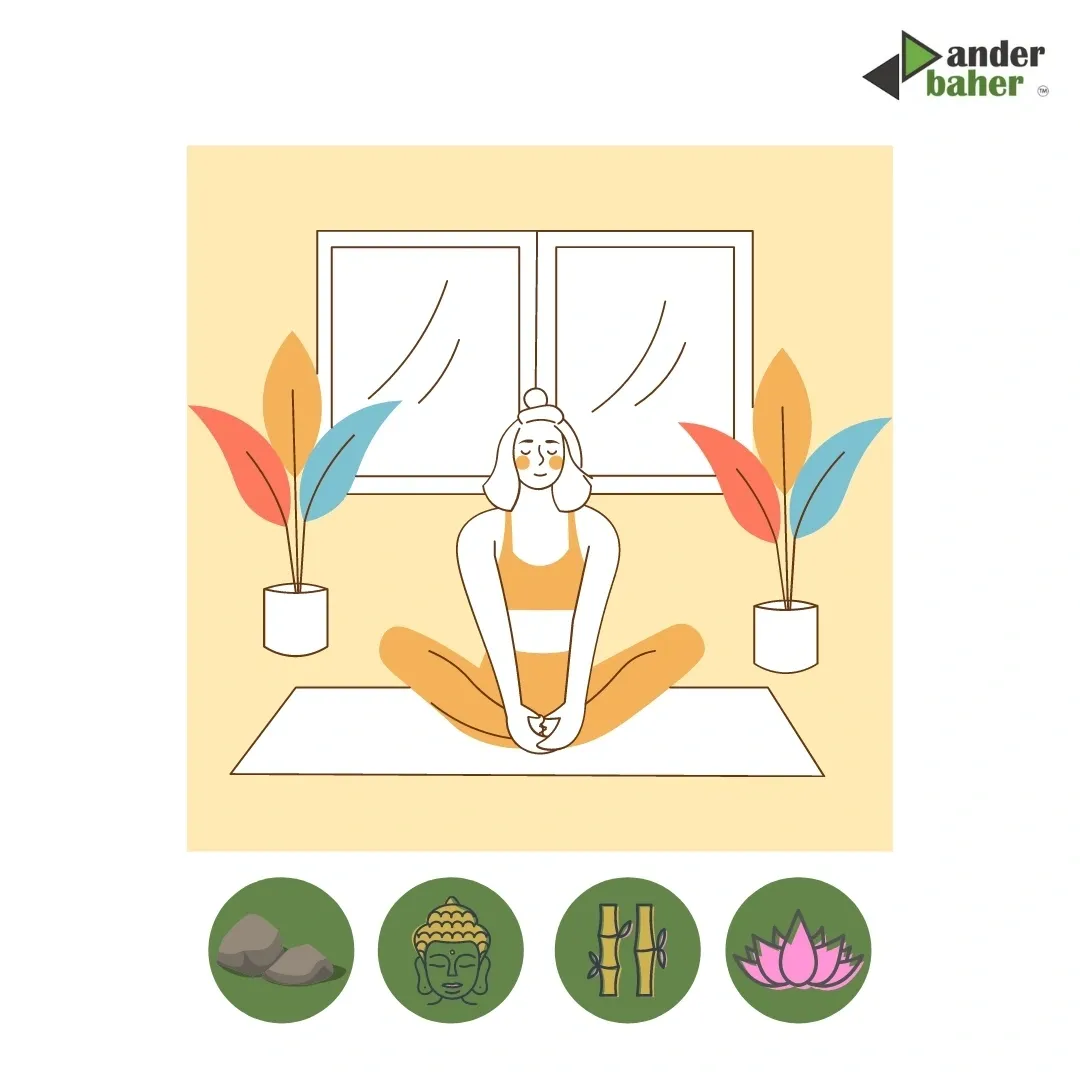Gardening is a wonderful way to get closer to nature, but not all plants are suitable for a garden. Some plants can be invasive and quickly take over your garden, while others may be poisonous or harmful to humans and pets. Here are ten plants you should avoid growing in your garden:
Castor plant:
The seeds contain a toxic protein called ricin, which can result in severe symptoms like vomiting, diarrhoea, seizures, and even death if ingested in large quantities. This poses a significant threat to both pets and humans, particularly children, if accidentally consumed.
Secondly, the Castor plant is considered an invasive species in certain parts of the world. If not contained, it can quickly spread and outcompete native vegetation, resulting in adverse impacts on local ecosystems and biodiversity.
Lastly, the plant is generally large in size and requires significant space to grow correctly. Additionally, it attracts pests and diseases, which can make it challenging to maintain in a garden setting.
Because of its toxicity, invasiveness, and high maintenance requirements, it is best to avoid cultivating the Castor plant in your garden.
Oleander:
Oleander, also known as Nerium oleander, is a popular flowering shrub native to the Mediterranean region, which is widely grown in different parts of the world due to its beautiful and fragrant flowers that come in a range of colours such as pink, red, white, and yellow.
It's essential to note that while oleander is a beautiful plant, all parts of it, including the flowers, leaves, and stems, contain poisonous compounds called cardiac glycosides that can result in severe symptoms if ingested. These symptoms include vomiting, nausea, abdominal pain, dizziness, seizures, and even death in extreme cases.
Therefore, it's important to take necessary precautions when growing oleander in your garden, particularly if you have children or pets. Make sure to keep the plant out of reach and use gloves when pruning or handling it. In case of ingestion or suspicion of ingestion, immediate medical attention should be sought.
In summary, although oleander is a beautiful and fragrant plant, it is important to remember that it is toxic and should be handled with care.
Jatropha:
Jatropha is a genus of flowering plants that is indigenous to the tropical regions of Central and South America, and has been introduced to other parts of the world. One of the most popular species of Jatropha is Jatropha curcas, also known as the physic nut or Barbados nut.
Jatropha curcas is a multi-purpose plant, commonly used as a biofuel crop, medicinal source, and ornamental plant. However, it's crucial to note that all parts of the plant, primarily the seeds, contain a harmful compound known as phorbol ester. Consumption of the seeds or oil derived from them can result in vomiting, diarrhoea, and abdominal pain.
Despite its toxicity, Jatropha curcas is still cultivated for its potential as a biofuel crop as it produces oil that can be processed into biodiesel. However, it is imperative to handle the plant with caution and take proper safety measures when growing or handling it.
In summary, Jatropha has various possible applications, but its toxic properties should be kept in mind, and proper precautions should be taken while handling it.
Datura:
Datura is a genus of flowering plants that includes several species, with Datura stramonium (also called Jimson weed or devil's snare) being the most commonly known.
Despite the plant's charming flowers, all parts of Datura are extremely toxic and can induce a range of symptoms even if touched or ingested. These symptoms can include confusion, hallucinations, seizures, respiratory issues, and even death in severe cases.
Although Datura has been traditionally utilised in medicine and religious practices, its toxicity makes it extremely dangerous to use without the guidance of a professional. It's also necessary to handle Datura plants with extreme care and to keep them out of the reach of children and pets.
Overall, Datura plants are incredibly toxic and must be approached with great caution. It's best to refrain from cultivating them in your garden, particularly if you have children or pets that may be tempted to touch or eat them.
Euphorbia:
Euphorbia is a large and diverse genus of flowering plants that includes around 2,000 species, many of which are commonly grown in gardens for their attractive foliage and flowers. However, it's important to note that many species of Euphorbia contain a milky sap that can be highly irritating to the skin and eyes, and can cause severe allergic reactions in some people.
In addition to the irritating sap, some species of Euphorbia are also toxic if ingested, and can cause symptoms like vomiting, diarrhoea, and abdominal pain. Therefore, it's important to handle Euphorbia plants with care and to wear gloves and protective clothing when working with them.
Despite these potential risks, Euphorbia plants can be a beautiful and low-maintenance addition to your garden, as long as you take appropriate safety precautions. If you're unsure about whether a particular species of Euphorbia is safe to grow, it's always best to do your research and consult with a knowledgeable gardener or horticulturist before planting it in your garden.
Overall, while Euphorbia plants can be a beautiful and rewarding addition to your garden, it's important to be aware of their potential risks and take appropriate safety measures when handling them.
Poinsettia:
Poinsettia (Euphorbia pulcherrima) is a popular and colourful plant that is widely grown as a holiday decoration. Contrary to popular belief, poinsettia is not highly toxic, and it is generally safe to keep the plant in your home as long as it is not ingested in large quantities.
While poinsettia plants do contain a milky sap that can be mildly irritating to the skin and eyes, the amount of sap in the plant is not typically enough to cause serious harm. In fact, studies have shown that it would take a very large quantity of poinsettia leaves (around 500-600 leaves) to cause any serious toxic effects in humans or animals.
However, it's still a good idea to handle poinsettia plants with care and to keep them out of reach of children and pets, as ingestion can cause mild symptoms like nausea, vomiting, and diarrhoea.
Overall, while poinsettia plants are not highly toxic, it's still important to be aware of their potential risks and to take appropriate safety measures when handling them. If you have young children or pets that may be tempted to ingest the plant, it's best to keep it out of reach or opt for a non-toxic holiday decoration alternative.
Calotropis:
Calotropis is a genus of flowering plants that includes two species, Calotropis gigantea (also known as crown flower) and Calotropis procera (also known as apple of Sodom). These plants are native to tropical and subtropical regions of Asia, Africa, and the Middle East.
While Calotropis plants are known for their attractive flowers, all parts of the plant contain a milky sap that can be highly irritating to the skin and eyes. In addition, ingestion of the plant can cause a range of symptoms, including nausea, vomiting, and diarrhea, as well as more serious effects like heart and respiratory failure.
Despite their potential toxicity, Calotropis plants have a long history of use in traditional medicine for their medicinal properties, which include analgesic, anti-inflammatory, and anti-cancer effects. However, it's important to use these plants only under the guidance of a trained professional, as improper use can be dangerous.
Overall, while Calotropis plants may have potential medicinal properties, they are highly toxic and should be handled with extreme caution. It's best to avoid growing them in your garden, especially if you have young children or pets that may be tempted to touch or ingest them.
Lantana:
Lantana is a genus of flowering plants that includes around 150 species, many of which are commonly grown in gardens for their attractive flowers and foliage. However, it's important to note that some species of Lantana contain toxins that can be harmful if ingested, particularly by livestock and wildlife.
The toxins in Lantana are found in the plant's leaves and unripe berries, and can cause symptoms like vomiting, diarrhoea, and liver damage in animals that ingest them. While humans are less likely to be affected by the toxins, it's still a good idea to handle Lantana plants with care and to avoid ingesting any parts of the plant.
In addition to their potential toxicity, Lantana plants can also be invasive in some regions, where they can spread quickly and outcompete native plants. Therefore, it's important to check with your local gardening authority or conservation organisation before planting Lantana in your garden, especially if you live in an area where it is not native.
Overall, while Lantana plants can be a beautiful and low-maintenance addition to your garden, it's important to be aware of their potential risks and take appropriate safety and conservation measures when handling them. If you're unsure about whether a particular species of Lantana is safe to grow in your area, it's always best to do your research and consult with a knowledgeable gardener or horticulturist before planting it in your garden.
Milkweed:
Milkweed is a genus of flowering plants that includes around 140 species, many of which are commonly grown in gardens for their attractive flowers and ability to attract pollinators like bees and butterflies. However, some species of milkweed contain toxins that can be harmful if ingested by humans or animals.
The toxins in milkweed are known as cardenolides, and they are found in the plant's leaves, stems, and sap. Ingestion of these toxins can cause symptoms like vomiting, diarrhoea, and abdominal pain, as well as more serious effects like heart arrhythmia and respiratory failure.
Despite their potential toxicity, milkweed plants are also an important food source for monarch butterfly larvae, which rely on the plant's leaves as their sole food source. In addition, some species of milkweed have traditional medicinal uses, and are used in herbal remedies to treat a variety of ailments.
Overall, while milkweed plants can be toxic, they are also an important part of many ecosystems, and can provide significant benefits to pollinators and other wildlife. If you're interested in growing milkweed in your garden, it's important to choose a species that is native to your area and to handle the plant with care to avoid skin and eye irritation. If you have young children or pets that may be tempted to ingest the plant, it's best to keep it out of reach or opt for a non-toxic alternative.
Mistletoe:
Mistletoe is a parasitic plant that grows on a variety of trees, including apple, oak, and pine trees. While mistletoe is commonly associated with holiday traditions and is often used as a decoration, it's important to be aware that some species of mistletoe can be toxic if ingested.
The toxins in mistletoe are found in the plant's leaves and berries, and can cause symptoms like vomiting, diarrhoea, abdominal pain, and in severe cases, seizures and even death. While humans are less likely to be affected by mistletoe toxicity, ingestion of the plant can be especially dangerous for pets, particularly dogs and cats.
In addition to its potential toxicity, mistletoe can also cause harm to its host tree by robbing it of nutrients and water. Over time, heavy infestations of mistletoe can weaken and even kill the host tree, making it important to monitor and control mistletoe growth if it is present on trees in your garden or property.
Overall, while mistletoe can be a festive and attractive addition to holiday decorations, it's important to be aware of its potential risks and to handle the plant with care. If you have pets or young children that may be tempted to ingest mistletoe, it's best to avoid using it as a decoration altogether. If you suspect that your pet has ingested mistletoe or is experiencing symptoms of mistletoe toxicity, it's important to seek veterinary attention immediately.
In conclusion, it's important to be aware of the plants that you are growing in your garden. While many plants may be beautiful and have medicinal properties, they can also be harmful if ingested or cause skin irritation. By avoiding these ten common plants in India, you can ensure a safe and healthy garden.




